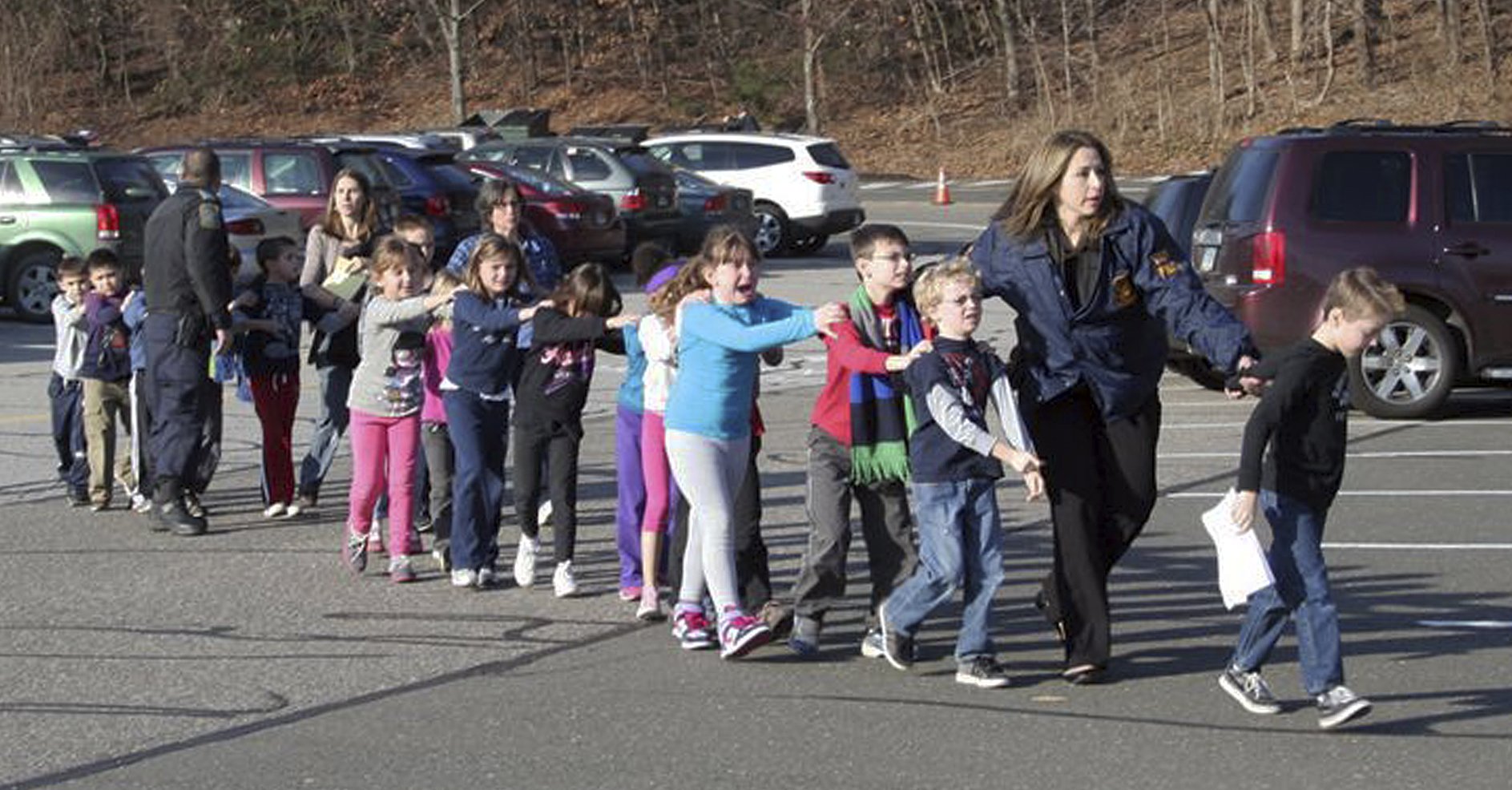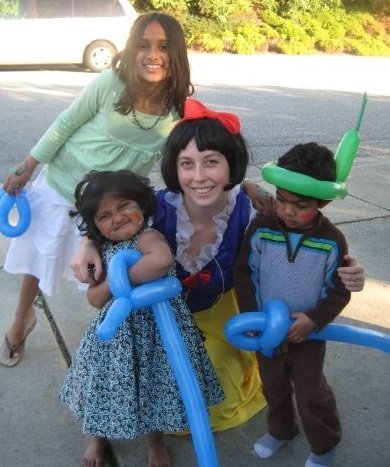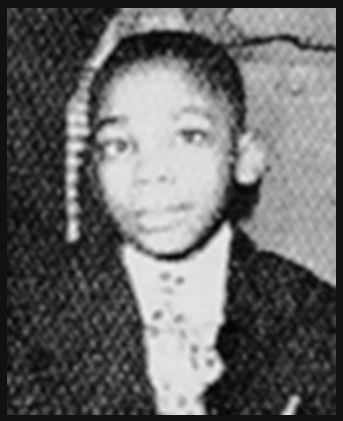Almost one year ago, 20 children and six adult staff members were shot at Sandy Hook Elementary School, leaving the remaining 436 enrolled students to have their childhood characterized by that event to the rest of the world for the rest of their lives.

Exactly 12 days before that tragedy (in order to prove that my PhD dissertation was not written in vain), I had given one of the final lectures to my “Health Psychology” classes about Death and Dying, focusing on the topic of children’s understanding of death.
After the Sandy Hook shooting, many of my students (and colleagues) changed their personas. They came into my office hours as concerned parents, siblings and grandparents. They were worried and wanted to know how to talk about this event with their children.
The first thing I always reply with is, “I am not a clinician. I have been trained in health psychology research methods and nondirective play therapy, but I am not a doctor or counselor and cannot give professional advice.”

However, there is one type of training that I received for over a decade in the ’90s: Disney movies. I watched dozens of Disney movies over and over and witnessed the immortality of good characters (or their salvation by “true love’s kiss”), the strange causes of death of villains, and only about 9% of “bad guy” deaths being mourned by other characters (Cox, 2005).
It’s rare that I come across articles in my literature searches that would be interesting to anyone other than ivory-tower academics. However, I found one several years ago that appealed to even the “Tink128@juno.com” in me. The study was a content analysis (a study of texts) that examined scenes from 10 Disney movies (Cox, 2005). The research focused on the dying characters, the causes of death, how death was portrayed to the audience, how “dead” characters really were, and how the other characters reacted to the death. The authors found that Disney doesn’t always portray death as permanent (especially to “good guys” like “Sleeping Beauty,” “Snow White,” or the “Beast”). The deaths of the “bad guys” are not always emotionally acknowledged (who cries for Ursula? Did Mufasa or Ariel or Cinderella’s mothers have funerals?).
The article argues that “the films may serve as catalysts to introduce the concept of death into discussions between children, peers, and adults” (Cox, 2005).
“And why is this important, Tink128?” you might ask again. “Why should I interrupt my children’s warm, fuzzy associations of fairies, castles and talking deer with a discussion that might make them cry?”

Here’s why:
1. It probably won’t make them cry. Of the 141 children I interviewed over the course of a year at nine elementary schools in Auckland, New Zealand, only a handful of them got a little teary when I asked them what “death” meant (Gaab, 2013). Most of them thought it was a little funny (such as when I asked them, “After people die, do they need to use the toilet?”). The light tears came from the kids who had experienced the death of someone close to them within the last few weeks and those kids were also the ones who seemed to want to speak with me about death the most (and wanted answers I couldn’t give them).
2. Children are generally quite literal thinkers. If you don’t believe me, go tell a five-year-old that you are 92 years old (or if you are 92, tell them you’re 29). Unless their parents are those amazing age-guessers who work at theme parks, it is likely that they will believe you. Sarcasm and skepticism are not early-developing concepts. Likewise, if you tell a child that “Doggy went to sleep” or “Grandma went away on a long trip,” they may not want to go to sleep or take a vacation with you. Will they get buried in the garden if they sleep a little too long? Euphemisms do not protect children; they protect those who speak them from having to explain things.
3. Most adults soften the severity of death when they talk about it with children (Willis, 2002; Grollman, 1990; Ryerson, 1977). However, some Disney movies shove it in front of kids’ faces with scenes of lions being pushed off cliffs and women poisoning apples for their victims.
4. There is no time like the present. Unless your child recently experienced the death of someone close to them, they probably have mostly neutral feelings about life and death right now. As an adult, you know the facts (i.e. that death is permanent and causes a loss of feeling, functioning and worldly life as we know it, and that it is not usually purposeful — as those portrayed in about 70% of Disney movies). Would you rather have your child introduced to death by a stranger or another child after the next tragedy strikes?
Cox, M., Garrett, E., & Graham, J. A. (2005). Death in Disney films: Implications for children’s understanding of death. OMEGA–Journal of Death and Dying, 50(4), 267-280.
Gaab, E. M., Owens, G. R., & MacLeod, R. D. (2013). Caregivers’ Estimations of Their Children’s Perceptions of Death as a Biological Concept. Death Studies, (ahead-of-print), 1-11.





